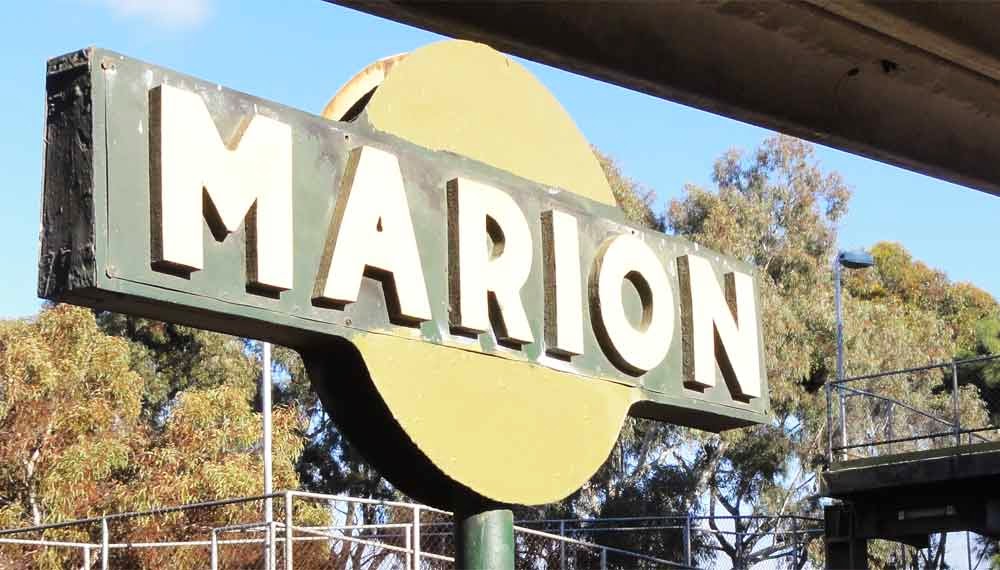We received this comment to the ASafeMarionStation@gmail.com inbox this morning and have posted it at the resident's request.
I have lived in Oaklands Estate for the past 20 years and am a daily user of the train service (when it’s operating) to travel to work and on weekends for outings. I recall last summer waiting for my normal 0600 train, a slight breeze the beautiful trees full of bird life, the quietness of morning, thinking that you could easily be mistaken for thinking you were on a train platform in the country.
I am personally opposed to an underpass mainly because of the safety and security aspect. Whilst I catch early morning trains I also catch the last service at night after completing work. I normally use the ramp to get onto the platform but late at night only use the maze at the eastern end of the platform as I can see all around and I won’t get trapped in the ramp. I am also concerned about who will follow me off the train and again I would only use the eastern maze.
I am against the underpass because of the lack of personal safety on entering as I don’t know who is already in there. It can be used as a meeting place for undesirables. Once in the underpass I don’t know whose going to be at the exit or enter the underpass once I am in it. I am no longer in sight to people at road height. A security camera whilst admirable will dutifully (as long as it’s operating at the time and being monitored) ‘capture’ my attack but won’t bring me help any quicker. I can only image that the elderly would feel very vulnerable plus they would need to negotiate the ramps with walkers and walking aides.
Underpasses become urinals, as the Goodwood Train Station underpass is such a fine example of, and I can quickly see the underpass walls as being a challenge to graffiti. Both of which would require on-going attention to cleaning and cost.
I was also on the understanding that the reason we didn’t get an underpass before was that the water-table would cause it to fill up and make it damp. Has that changed?
Why can’t we have a maze with electronic gates like at other railway stations? That way rail users are out in the open and have the ability to assess their surroundings.
Why remove our beautiful trees that are homes to our bird life – it rather flies in the face of the current works at the wetlands which is trying to retain our birdlife and eco-system.


